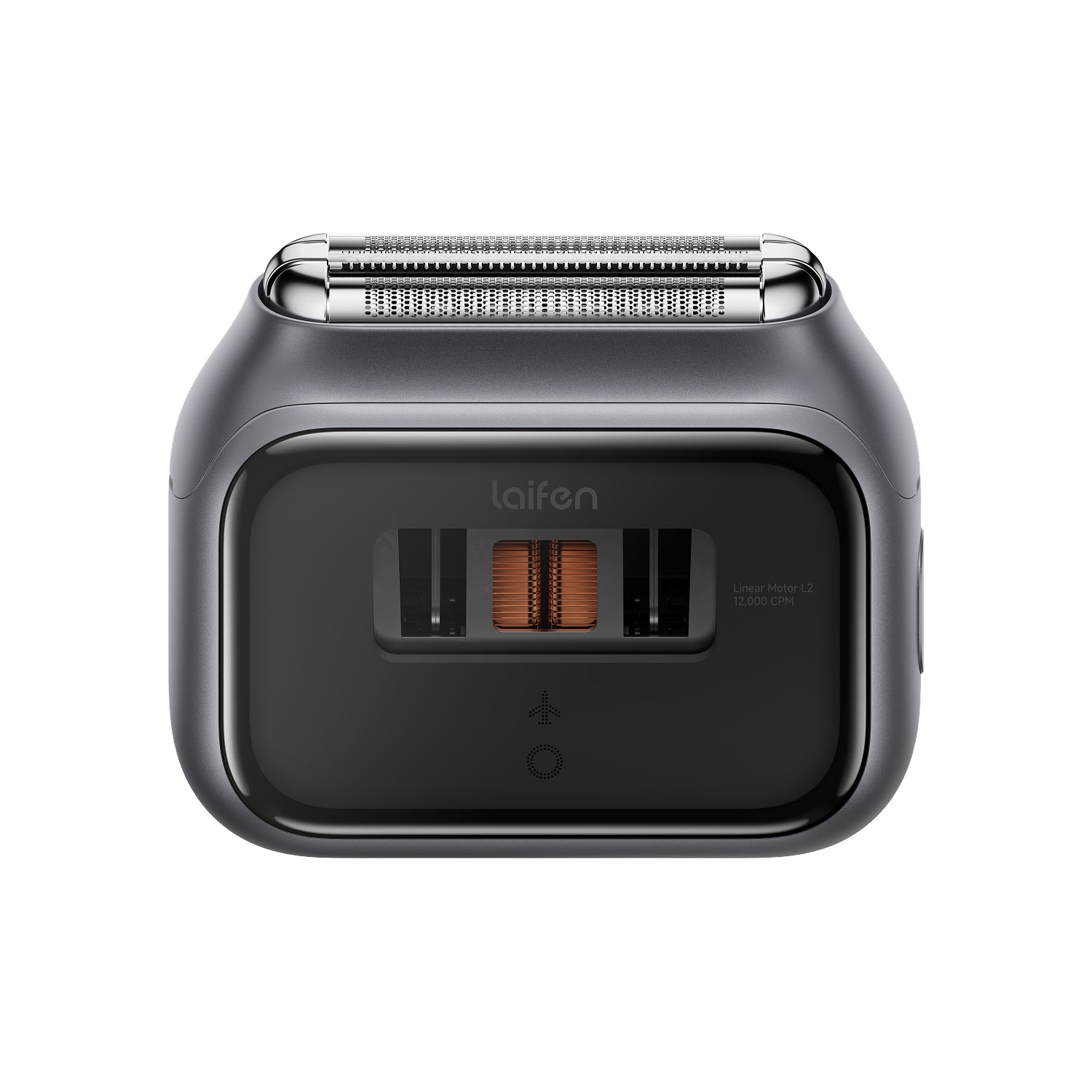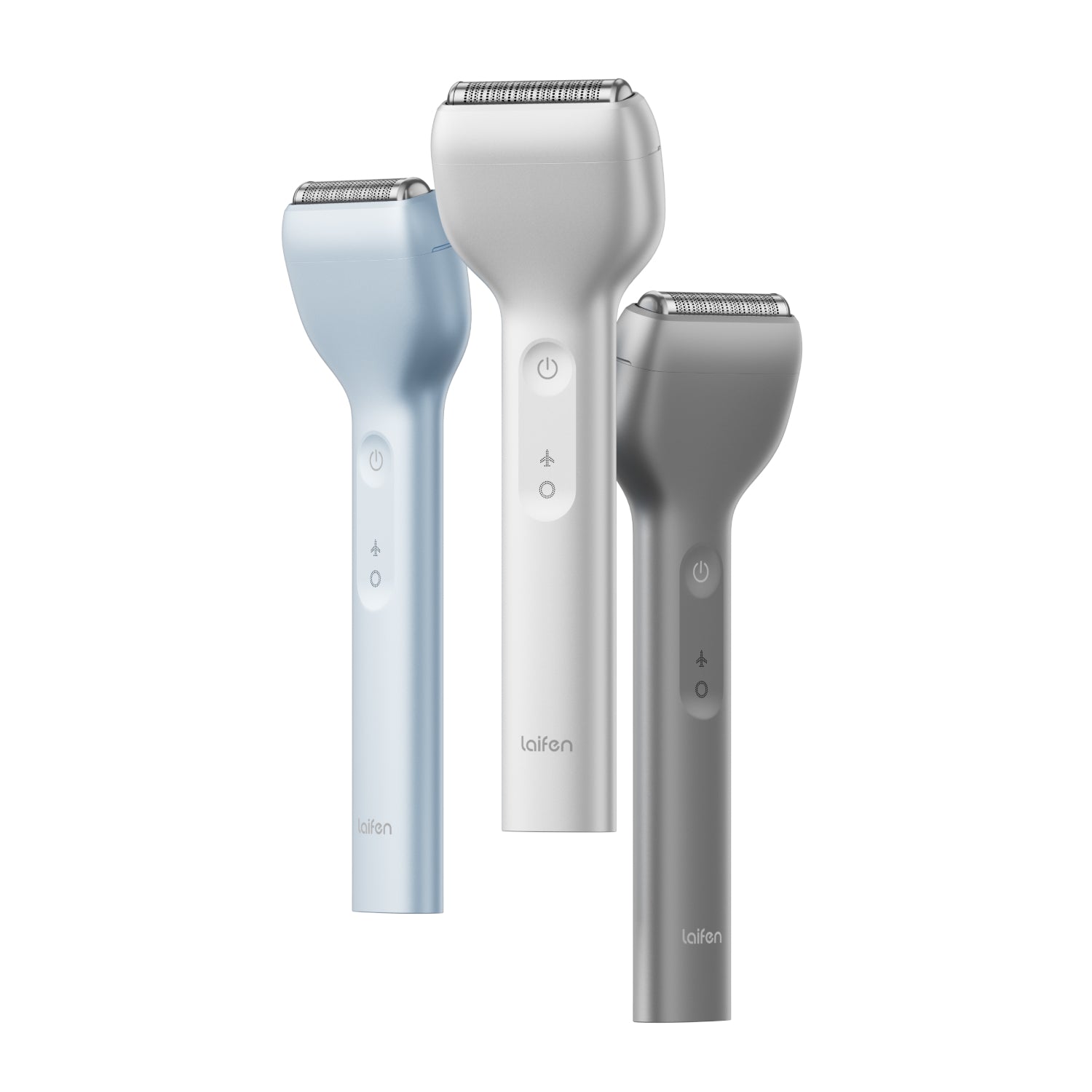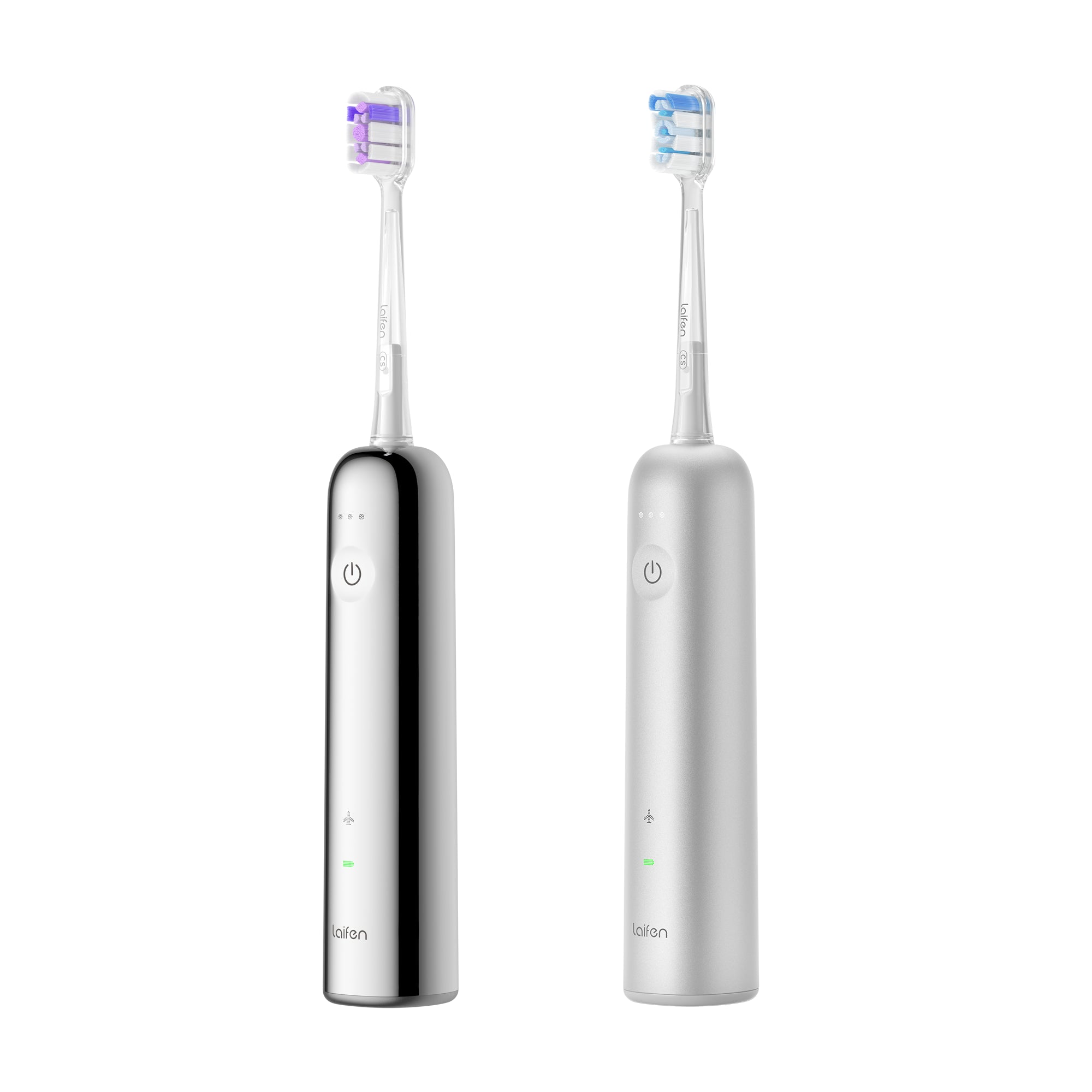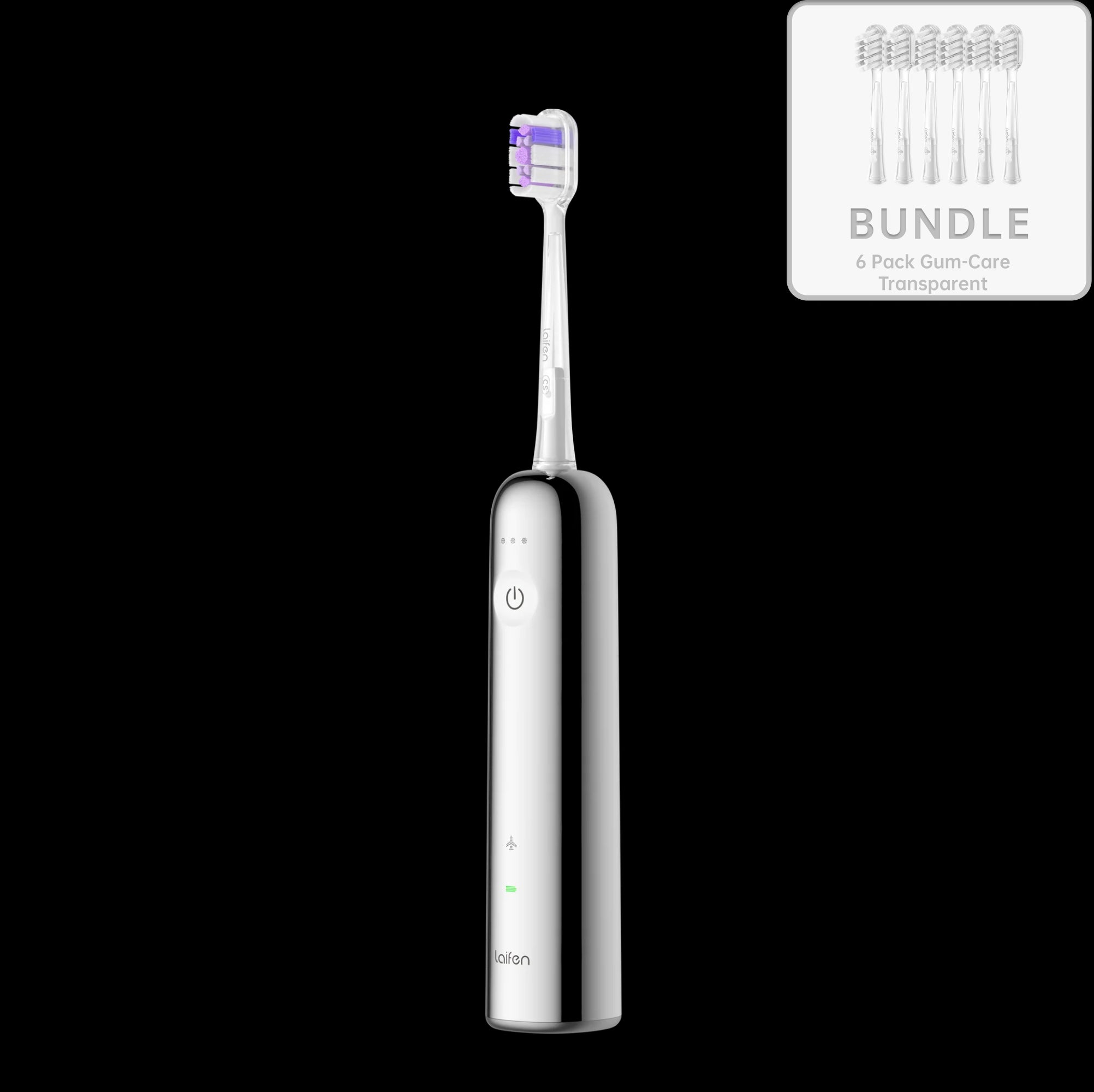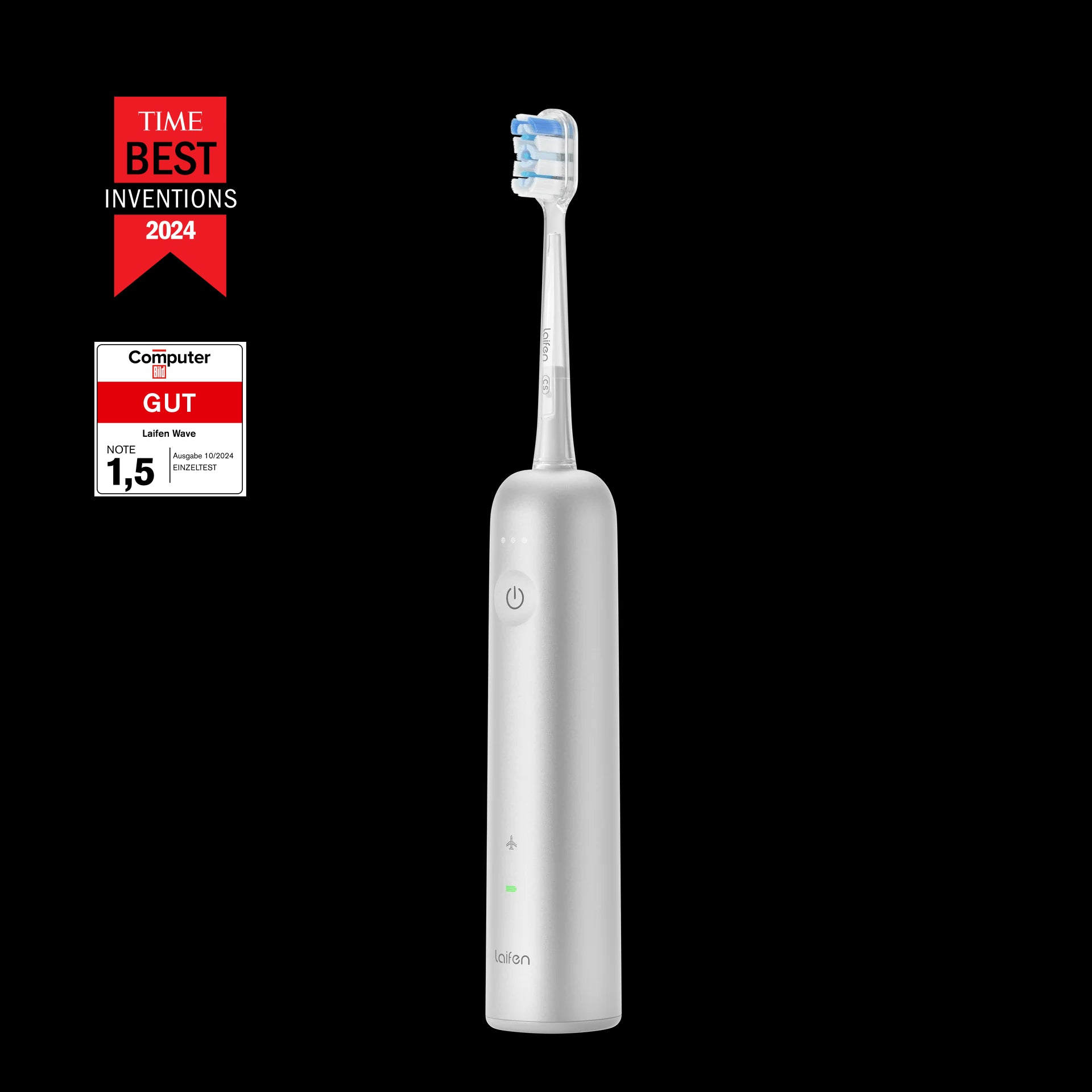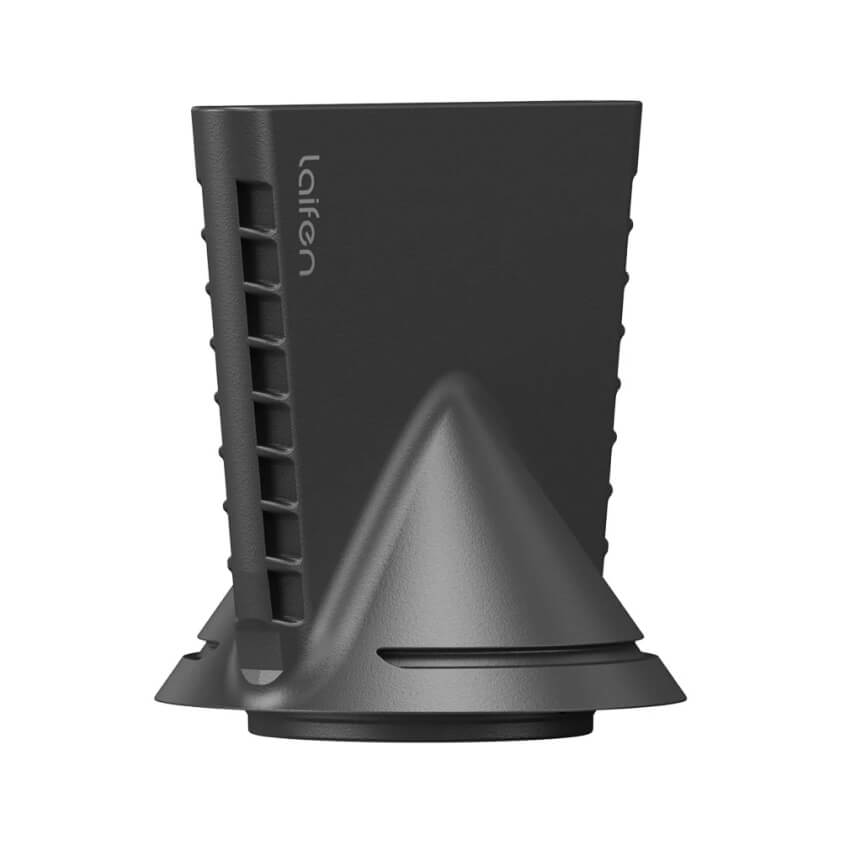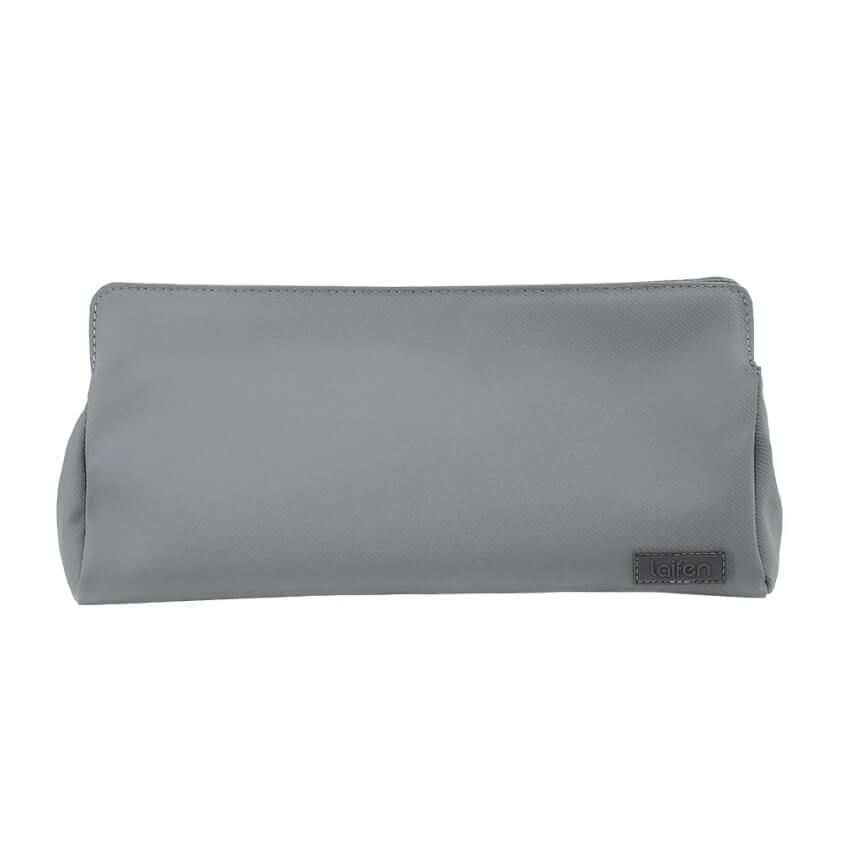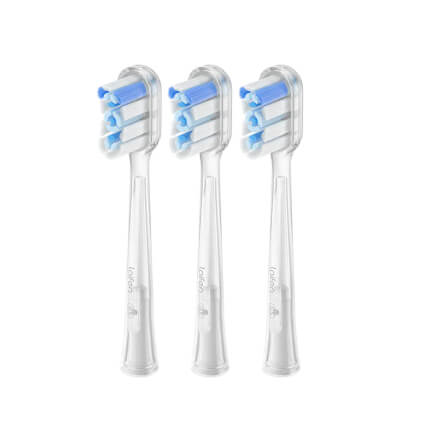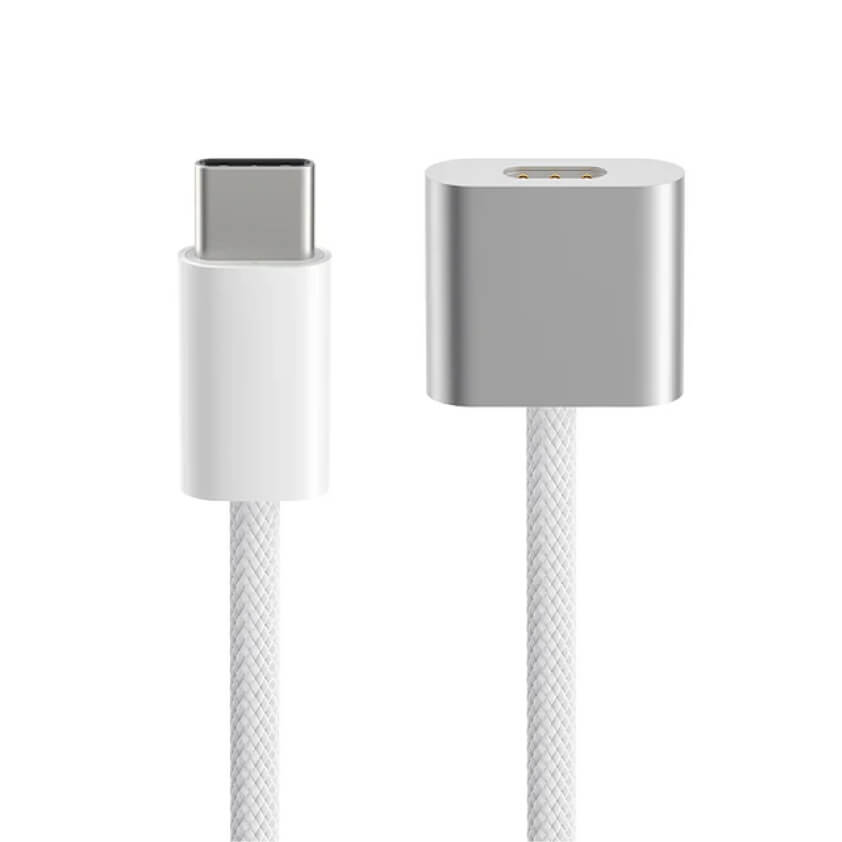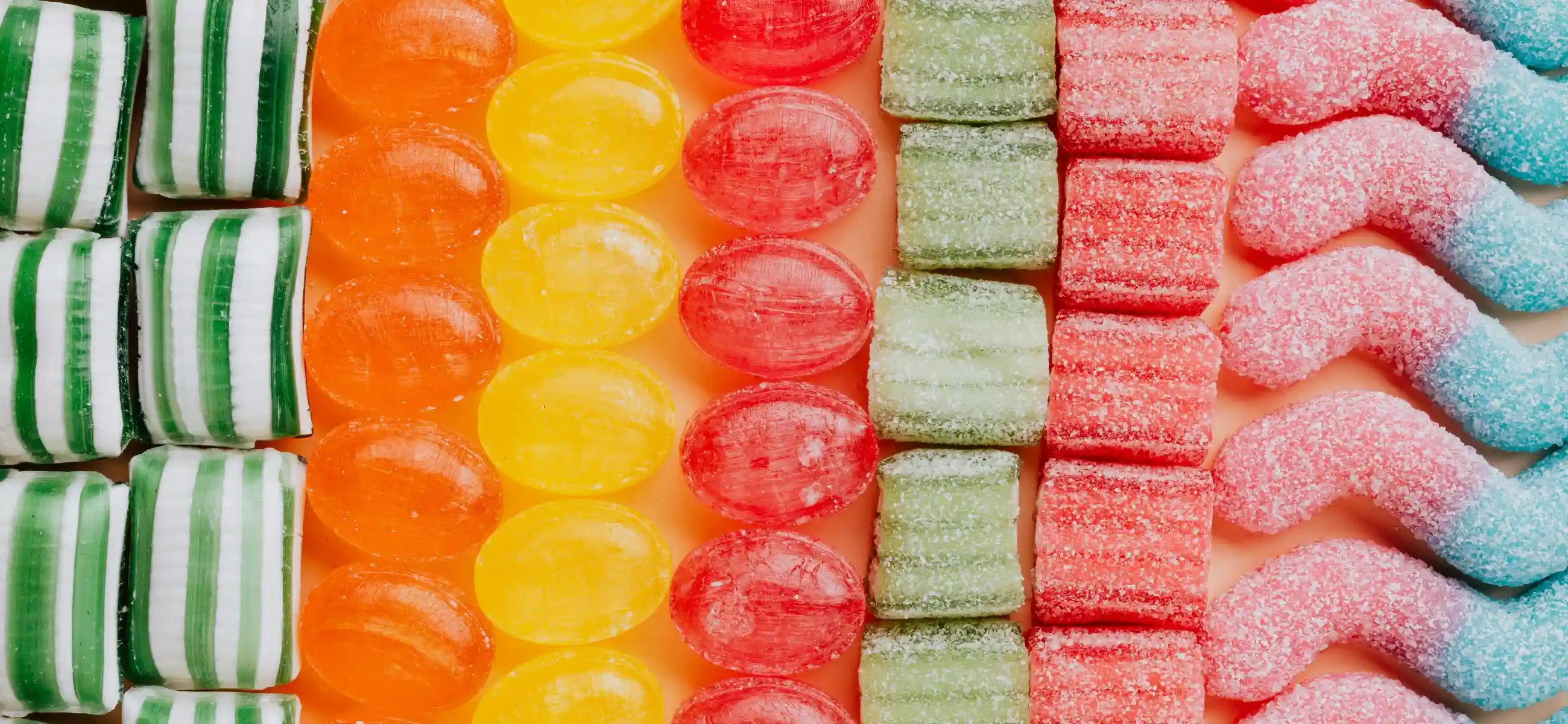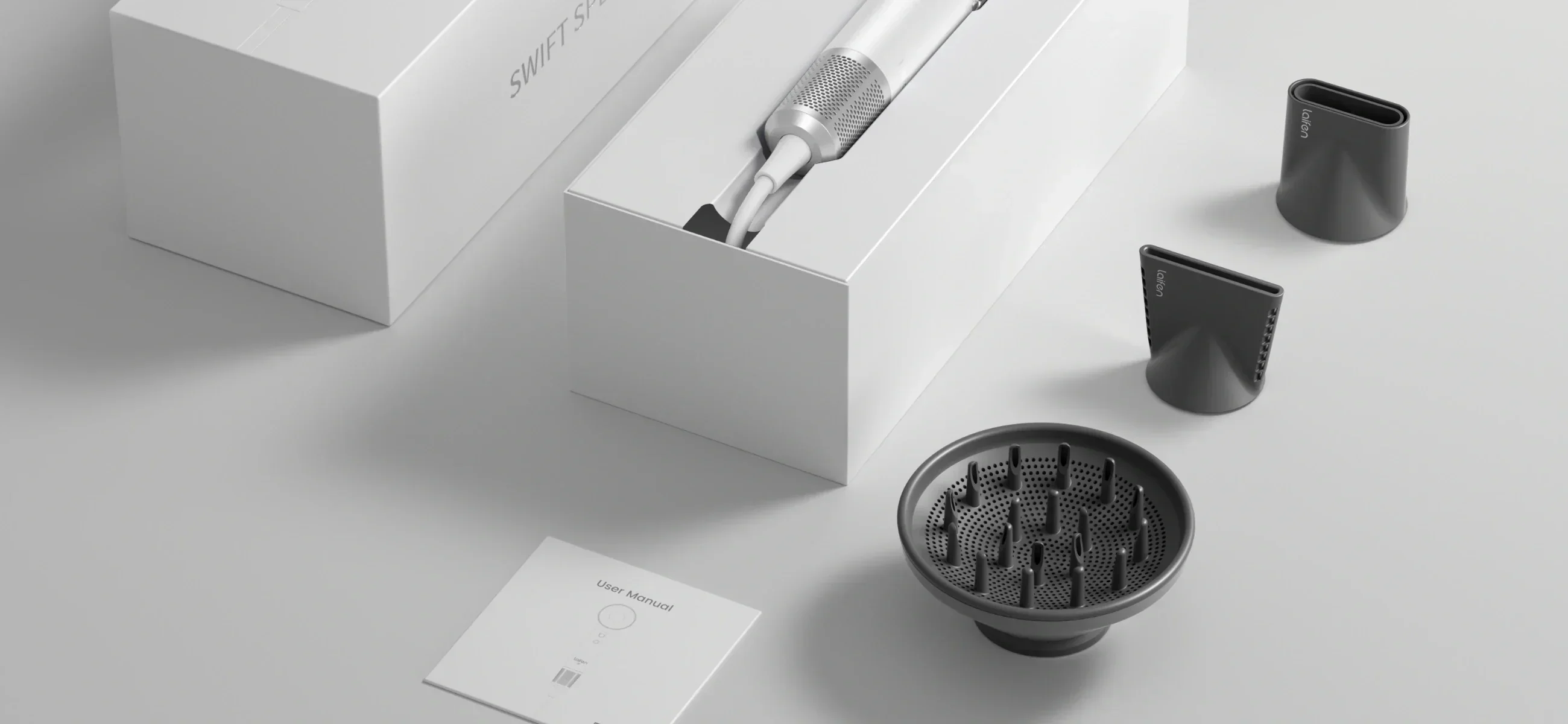
In this article
Everyone has to deal with plaque on a daily basis, as it's something that appears on your teeth after eating and drinking. But what about tartar? How is it different from plaque, and what can you do to prevent it? Here, we provide a definitive guide that helps you tell the differences between dental tartar vs dental plaque. We define what they both are, how they look, and how you can prevent and treat them to keep your teeth healthy.
What is plaque?
Plaque is something that everyone has on their teeth. It's a slimy film that covers your teeth after bacteria and saliva combine in your mouth. When you eat or drink something that is particularly high in refined sugar, the bacteria creates acid as a waste product, which can then attack the tooth enamel.
If you brush your teeth 2-3 times per day, floss regularly, and use an antibacterial mouthwash, you should be able to keep plaque at bay before it becomes a problem.
What is tartar?
Tartar is plaque, but in a more advanced state. If you don't regularly clean your teeth to remove plaque, it hardens on your teeth. When tartar appears, it may look dark, as it typically traps stains and discoloration caused by specific foods and beverages.
Tartar appears because the plaque on the surface of your teeth reacts with the minerals in your saliva. It's sometimes called calculus and it can be a big problem for your teeth. If you have a build-up of tartar on your teeth, you will need to ask your dentist to remove it.
Dental tartar vs dental plaque: The main differences
Understanding the differences between dental tartar vs plaque can be helpful, as it can encourage you to take the necessary steps to look after your teeth and prevent tartar from forming. Here are the main differences to be aware of:
|
Plaque |
Tartar |
|
Plaque is a colorless film that covers your teeth. It often feels slimy. |
Tartar is rough and maybe even crusty. It often appears brown or yellow. |
|
You can usually feel plaque at different times throughout the day, particularly after eating or drinking. |
Tartar doesn't appear overnight. Rather, it occurs when you neglect your teeth for a period of time, as the plaque needs to harden. |
|
You can remove plaque from your teeth by brushing, flossing, and using mouthwash. |
You need to ask a dentist to remove tartar from your teeth. If you scratch it off yourself, you might damage the enamel. |
Treatment options
You can't avoid plaque on your teeth, as we all need to eat and drink! However, the best way to treat it is with good oral hygiene and regular trips to the dentist, as detailed below:
Treating and preventing plaque
-
Brush your teeth 2-3 times daily with an electric toothbrush like the Laifen Wave. The Laifen Wave oscillates and vibrates simultaneously, thoroughly cleaning your teeth in the process. We recommend brushing your teeth directly after meals to manage plaque.
-
Remember to floss at least once (preferably twice) daily to prevent plaque from building up between your teeth. If you don't want to use standard dental floss, consider investing in a water flosser.
-
Use an antibacterial mouthwash to remove any lingering plaque and bacteria from your mouth. You can wash out your mouth after brushing your teeth for the best results.
-
Avoid refined sugar and limit your intake of any sugary drinks. Also, reduce your alcohol consumption and try to quit smoking and vaping to protect your teeth.
-
Regularly visit the dentist (1-2 times per year) for a scale and polish. This is a great way to treat your teeth to a deep clean by the dentist and will remove any bacteria from your mouth.
Treating and preventing tartar (calculus)
-
Don't try and remove it yourself. If you do, you could end up damaging your tooth's enamel.
-
Call your dentist and book a consultation to remove the tartar. Your dentist will use a hand-held metal scaler to remove tartar, but if you have significant build-up, they may recommend a deep clean of your teeth.
-
After having the tartar removed, your dentist will recommend an action plan to prevent tartar from forming again in the future. Make sure you follow your dentist's advice and clean your teeth thoroughly to prevent any future issues.
Are dental sealants good to protect against plaque & tartar?
Some people opt for dental sealants as a way to protect the back molars from tooth decay. When applied, these sealants cover the chewing surface and protect your teeth from cavities.
They may also prevent bacteria from finding their way to the center of your teeth, which may reduce your chances of getting tartar in your back teeth.
However, dental sealants are fairly expensive, and they don't usually cover your front teeth. So, you still need to practice good dental hygiene to protect yourself from tartar.
Conclusion
The good news is that you can protect yourself from tartar by cleaning your teeth thoroughly 2-3 times per day while flossing and using mouthwash. You should also watch your diet and reduce the amount of alcohol you consume to keep on top of your sugar intake.
If you suspect that you have tartar, contact your dentist, and they will remove it from your teeth before it becomes a significant issue. Don't try to remove tartar at home as you risk damaging your tooth's enamel.

